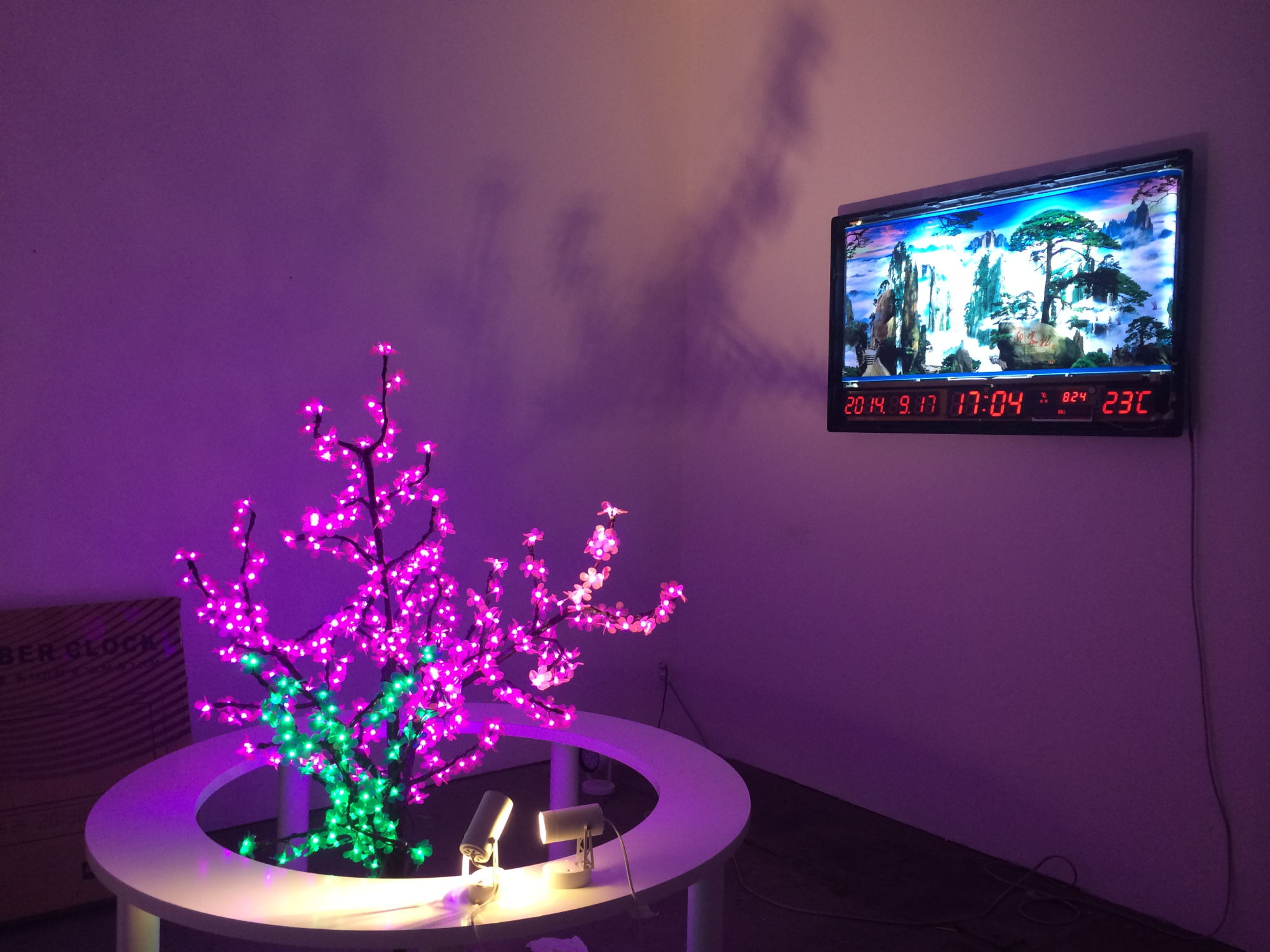Funa Ye
Neo-folk art
Inherent to my studies is the concept of “neo-folk art”, interpreted as a typical style in the aesthetics of New China, combining the ideas of folk utopia, pop culture and propaganda.
Featured Media






My practice-led research encompasses three main areas of interest that feed into one another. Inherent to my studies is the concept of “neo-folk art”, interpreted as a typical style in the aesthetics of New China, combining the ideas of folk utopia, pop culture and propaganda. What makes "neo-folk" art aesthetics in China so unique, is that its origins can be traced back to the history of propaganda in modern China, where folk art aesthetics influenced the general socialist ideology and ideology in return, influenced folk art.
It is the most recent iteration of neo folk art however, that informs my next area of interest. Dictated by the specific circumstances of “Chinternet” culture, this latter form of neo folk art is heavily influenced by the Chinese Internet, a closed system of exchange, independent from the rest of the world.
This infinite but enclosed virtual land of wonder is a cultural melting pot, forcing a collision of old and new, domestic and foreign, urban and rural. With endless potential for creation, cultural hybrids, mutants, and originals are available at any time to anyone, and created by anyone, including the anonymous eyewitness holding a smartphone.
It is from here, one can observe the next phase of my analysis unfolding. The ideas of intellectual property and authorship is problematic in a self-declared socialist country; by definition alone, they are more appropriate to the capitalist notion of private property. What would a dialog between established western institutions of contemporary art and Chinese contemporary art look like? Fake or real, legitimate or not, contemporary or outsider, appropriated or assimilated, how does colonial heritage influence the label that’s being attached and how does it color the voice that is creating it?
Website: www.funaye.com
Instagram: oyester
Supervisors
Primary supervisor: David Burrows
Secondary supervisors: Susan Collins, Jack Strange